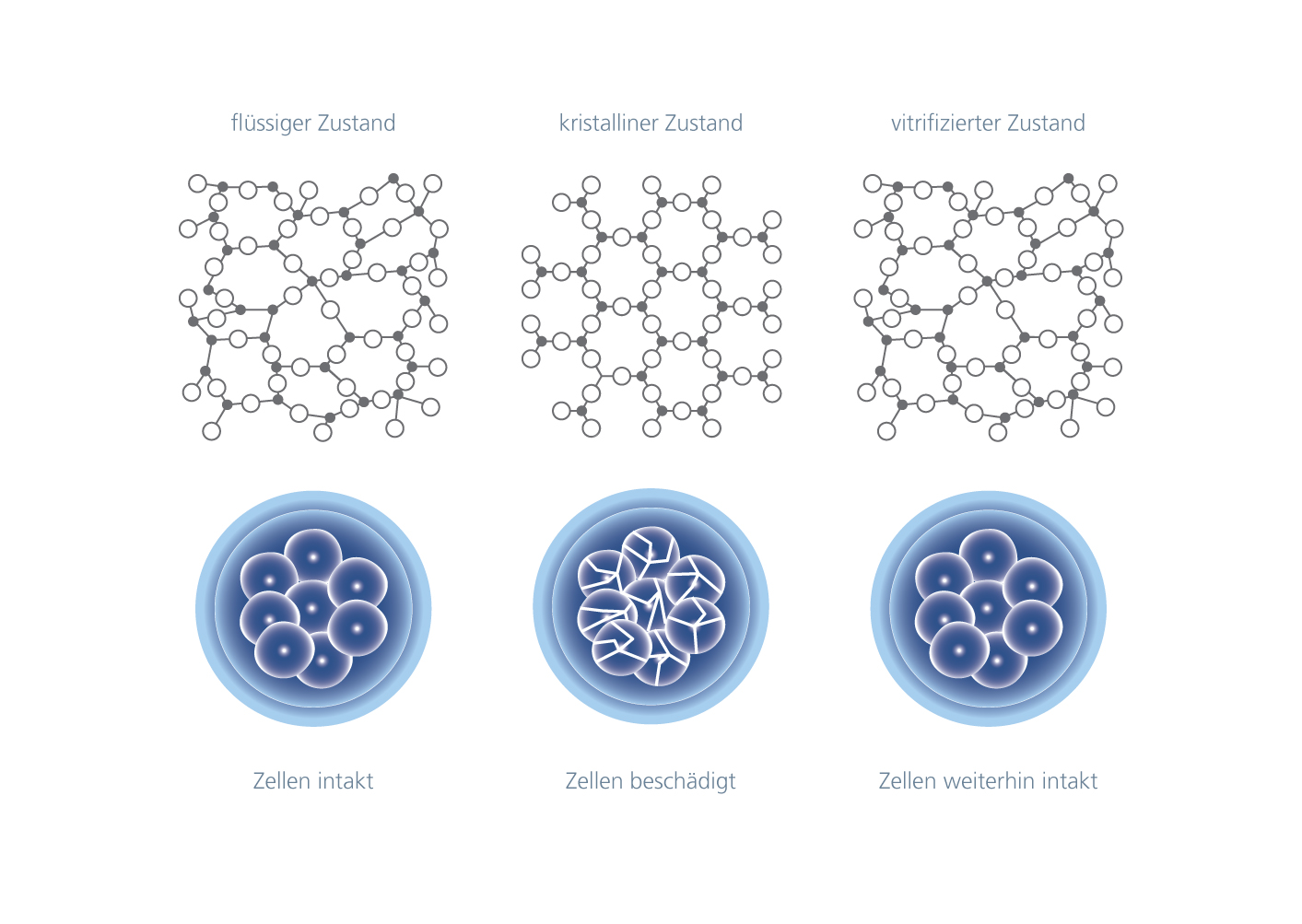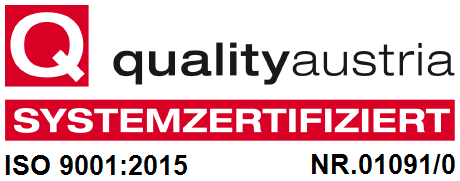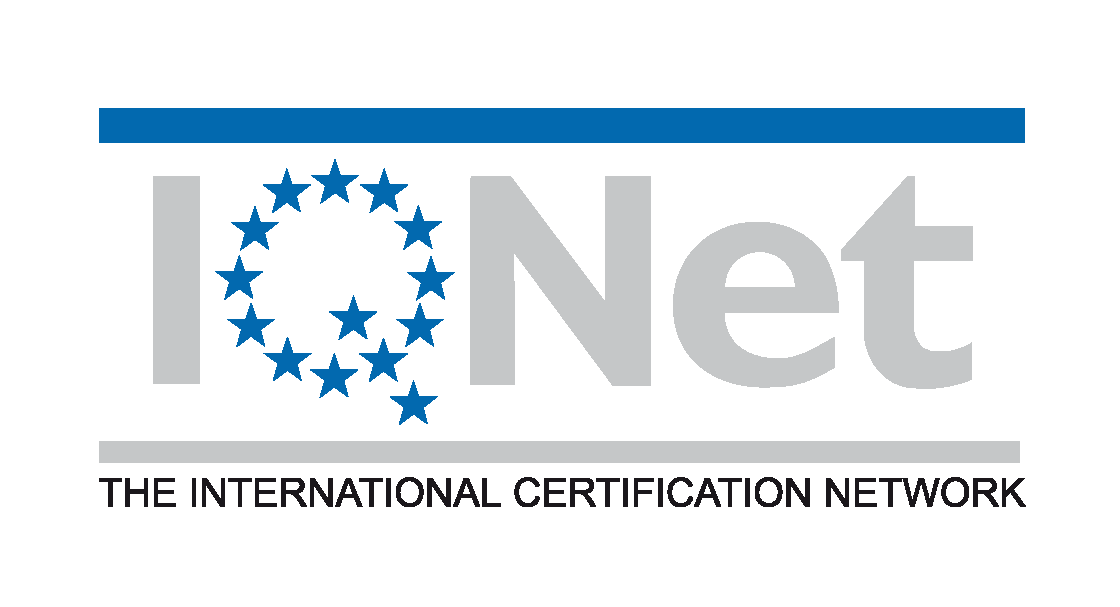Kryokonservierung
Aseptische Vitrifikation
Vitrifikation bedeutet Verglasung = Flüssigkeiten werden direkt und ohne Eiskristallbildung in den festen Zustand überführt. Dies ist wichtig, da Eiskristalle die Zellen schädigen. Bei der aseptischen Vitrifikation handelt es sich um ein geschlossenes, keimfreies System, womit menschliche Zellen und Gewebe in einem Kryokonservierungsmedium, innerhalb eines protektiven Kryo-Straws bei -196°C eingefroren und in einen Stickstofftank "eingelagert" werden können. Die effiziente und vor allem sichere Anwendung der aseptischen Vitrifikation ist fester Bestandteil der täglichen Arbeit in unseren IVF-Zentren – da es sich um ein wissenschaftlich abgesichertes Verfahren handelt, was z.B. in Kryo-Zyklen bei Kinderwunschbehandlungen oder auch bei einer Eizellvorsorge (z.B. aufgrund bevorstehender Karzinombehandlung mittels Chemotherapie) entscheidend ist.
│ © 2019 IVF Zentren Prof. Zech • Member of NEXTCLINICS
Entstehung und Entwicklung
Weltweit führende Biologen, wie Dr. Pierre Vanderzwalmen (wissenschaftlicher Mitarbeiter in den Zech-Zentren), haben die Technik der Vitrifikation entwickelt und erfolgreich angewendet. Dr. Vanderzwalmen hat bereits im Jahr 1979 erste Studien im Tiermodell durchgeführt und Meilensteine auf dem Gebiet der Kryokonservierung gesetzt. Für Vanderzwalmen lautete das Ziel, gemeinsam mit seinen Kolleginnen und Kollegen, eine Methode zu entwickeln, die Vorteile in der alltäglichen, praktischen Anwendung bringt (z.B. in Punkto Schnelligkeit: Vitrifikation dauert ein paar Sekunden, "Slow Freezing" ca. 2 Stunden).
Seit 1993 ist Dr. Vanderzwalmen im Team der IVF Zentren Prof. Zech, wo erstmals das Kryokonservierungsmedium (effektive Zusammenstellung), die Kryo-Straws und die Prozedur entwickelt wurden, um die Vitrifikation von unbefruchteten Eizellen, Embryonen und biopsierten Embryonen (bei genetischer Untersuchung) aseptisch durchführen zu können (VitriSafe®).
With the introduction of the aseptic vitrification, where direct touch of the oocytes or embryos with liquid nitrogen is prevented, the number of births following an IVF treatment has greatly increased. If we look back some years, a patient had to undergo several oocyte pick ups to achieve one pregnancy. As a result of our accomplishments regarding single blastocyst transfer in combination with the very efficient aseptic vitrification technique, we are now able to achieve higher cumulative pregnancy rates. From one oocyte retrieval, a woman may conceive several babies after transfer of one vitrified blastocyst at a time.






